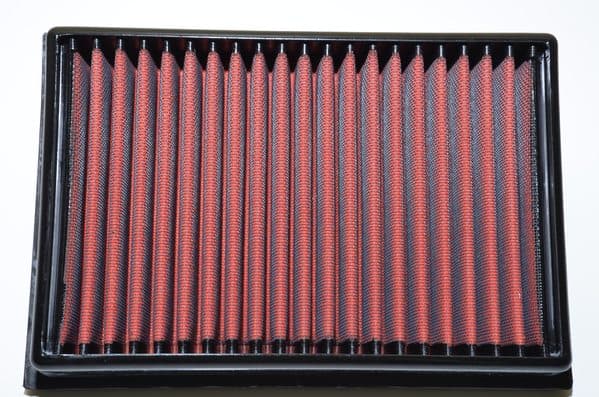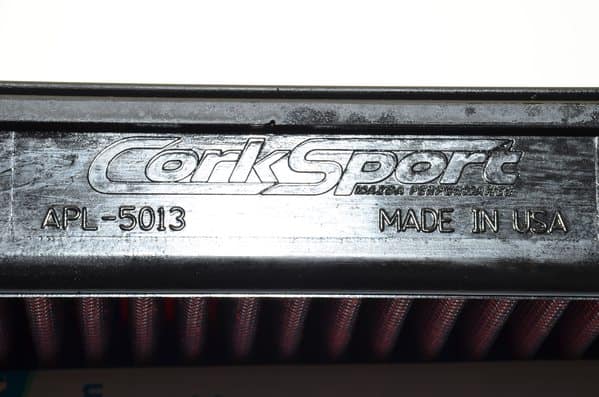60mm SS Exhaust
We just received our first production test exhaust systems for the 2010 Mazda3. These are fully polished T304 stainless steel, mandrel bent 60mm exhaust systems in a single resonator, single muffler system. This combination produces a subtle but noticeably lower tone at cruise/partial throttle and a pleasantly authoritative note at wide open throttle (WOT). We have fabricated both a single exit and dual exhaust configuration, either of which can be used with the 2.0 or 2.5 liter engines (contingent on compatibility with bezels in the rear valence).
The systems will be available in production quantities in the next 2-4 months depending on configuration, and will ship with a race pipe option that will allow the aft catalyst to be removed for racing applications.
The installation is very straightforward – a bolt up for the race pipe to the factory manifold downpipe or a slip compression fitting to the piping aft of the secondary catalyst. The system uses all of the factory exhaust hanger points and allows you to simply unbolt the factory exhaust system and extract it for installation of the full race CS system (although the factory aft muffler heat shield requires a small trim or optional full removal for fitment of the dual exhaust system – a paper template will be included for easy trimming of this heat shield, should you want to retain it in the car). Street legal installation with the factory catalyst requires the pipe to be cut aft of the catalyst for connection to the slip fitting.
Short Ram Intake
In tandem with the exhaust installation on one of our local customers’ 2010-2013 Mazda3 w/ 2.5L engine, we installed our prototype short ram intake, featuring a fully molded silicone coupling that locates all of the factory induction fittings in the factory locations, a billet aluminum MAF housing and AEM DryFlow Air Filter. We also had the opportunity to test an intake on another local 2.0L 2010 Mazda3.
Baseline Dyno Pull
Before we even breathed on either of the naturally aspirated 2010 Mazda 3′s, we took them for a spin on the DynoJet to get a baseline for the engines. While Mazda claims 167hp@6000rpm and 168lbft@4000 rpm for the 2.5, the results of three baseline dyno pulls show that the car puts down 154hp and 160lbft of torque right out of the box. Conditions were 73°F and 51% Humidity.
First Run & Diagnostics
After getting the exhaust installed, I plugged in our MSD DashHawk OBDII logger and display and took a drive. Modifications to the induction system can often times wreak havoc with the fuel system depending on design considerations and location of the Mass Airflow (MAF) sensor relative to the laminar flow of air through the intake pipe and sensor housing. We take great care to engineer our induction systems to function as stock and the DashHawk allows us to monitor the fuel trim variables and MAF details at a variety of driving conditions. This attention to detail gives us the ability to release products with the confidence that they will not flag a check engine light or negatively impact fuel economy due to the computer trying to counteract or overcorrect for the increased airflow into the engine.
The numbers on the DashHawk looked great, and as the day was nearing to an end we handed the car back over to our customer for some longer term evaluation. Five days later we got the car back to check through the datalogs and perform dyno testing.
2.0L Dyno Results
Utilizing the single exit exhaust and the Short Ram Intake, we went from a baseline of 118hp/110lbft of torque to a respectable 135hp and 123lbft of torque at the wheels. We’re still working with the intake on this one to get the most out of it while retaining factory fuel trims. The 2.0L results were moderate (with around a 4-5hp/tq gain) below 4000rpm with the majority of the gains came on rapidly at around 4500rpm and held steadily to the 7000rpm redline. This really shows how constrained the stock system was for the smaller 2.0L engine.
2.5L Dyno Results
This car finally sounds like it should have from the factory. I almost just chose to drive it home instead of returning it to our customer. Unfortunately my conscience got the best of me, and he drove off excited to test the car out for the weekend. The dyno results on this combination of intake and exhaust were equally as impressive, but dynamically speaking were a bit different from the 2.0L. Where the 2.0L opened up quite a bit at the top end, the stump pulling 2.5L exhibited up to 20lbft of torque gains in the midrange with a consistent 10-12hp gain through the entire powerband. Stock Peak HP & Torque were 158/161, and the intake and exhaust built 171hp and 171lbft of torque.
Future Developments
We are excited to work on a number of further developments with the two naturally aspirated Mazda 3′s and would like your feedback on products that you would like to see on the market. We’re hoping to find some time to develop a cold air box for our 2010 Mazda 3 Power Series Short Ram Intake as well…stay tuned for details on what a dramatic impact these cold air boxes have on actual inlet temperature as well as shielding the higher flowing induction system from the hot underhood environment through the use of a well sealed and tested high temperature fiber reinforced polymer. We are also considering offering a high flow spun metallic media catalyst with some of our exhaust systems and would like your feedback on such an offering.
I’m eager to hear of your ideas in the future and will tell you a little more about myself in my next blog post.
Connect with us








